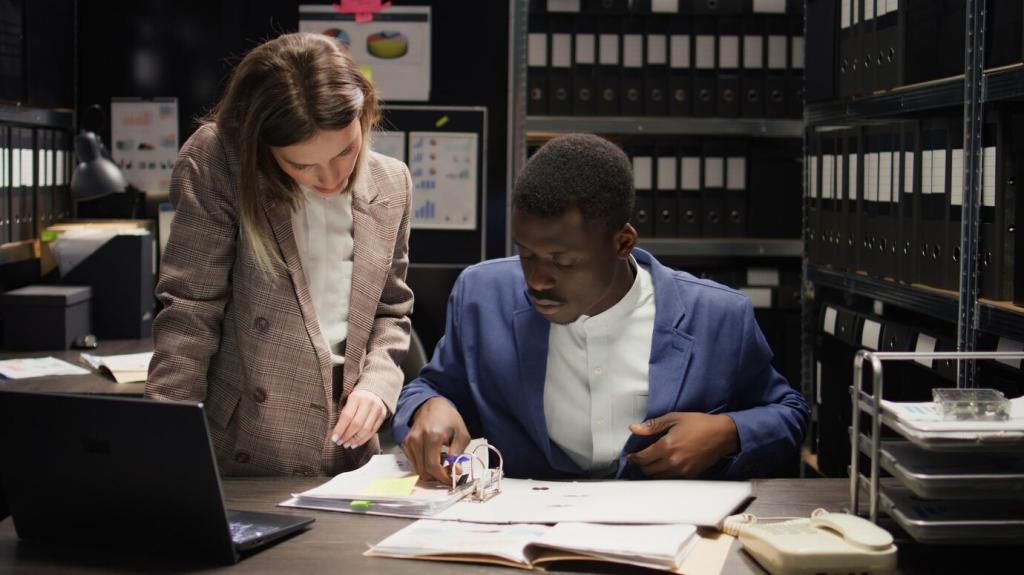The Visual Logic of Framing
Use tree branches, archways, or window edges to surround your subject and guide the viewer. On a rainy morning, I framed a vendor through a café doorway, and the reflections deepened the scene’s intimacy.
The Visual Logic of Framing
Open space can cradle a subject without literal borders. A lone figure against an overcast sky becomes its own framed story, breathing room into the composition and encouraging viewers to linger longer.










